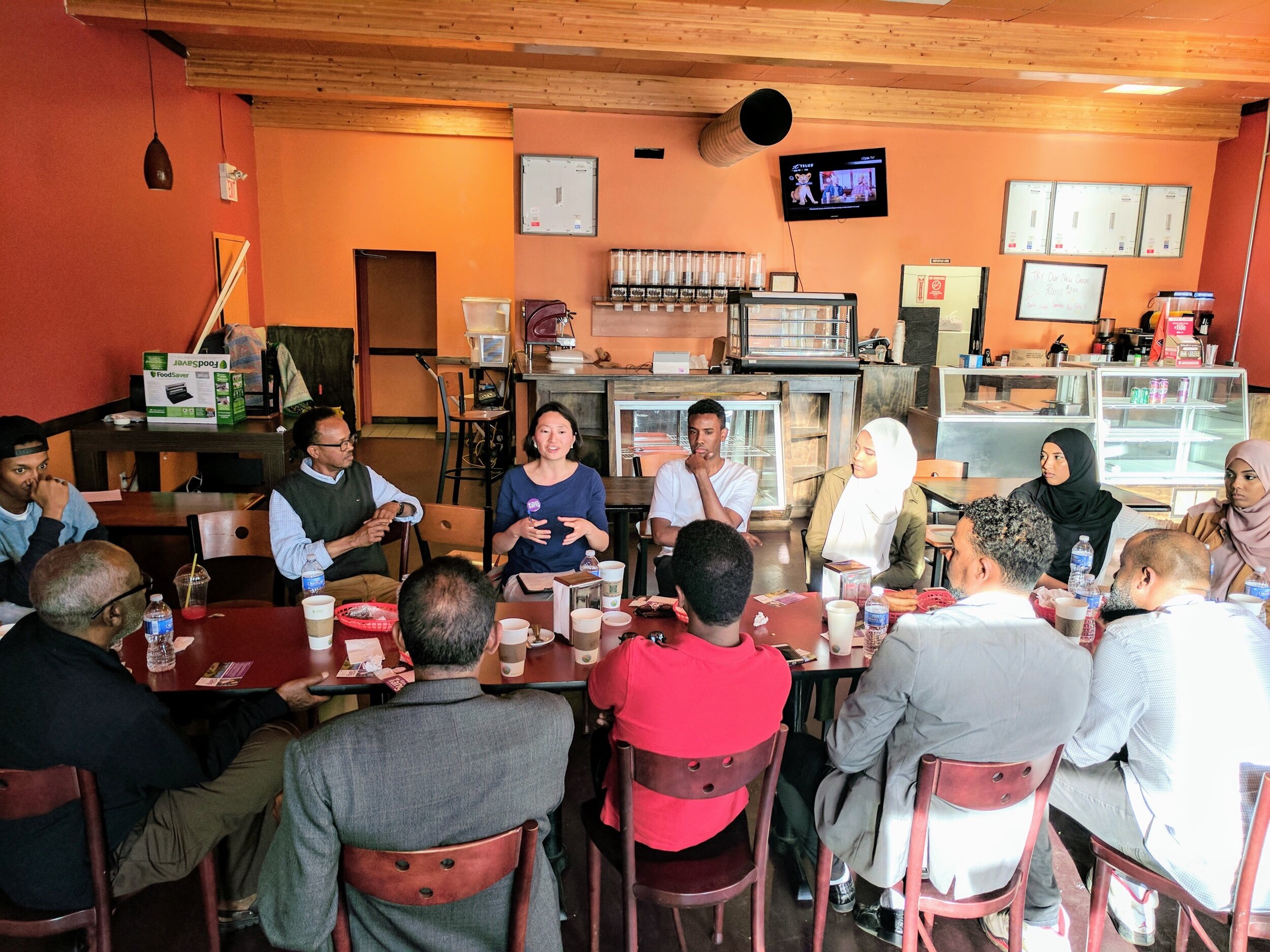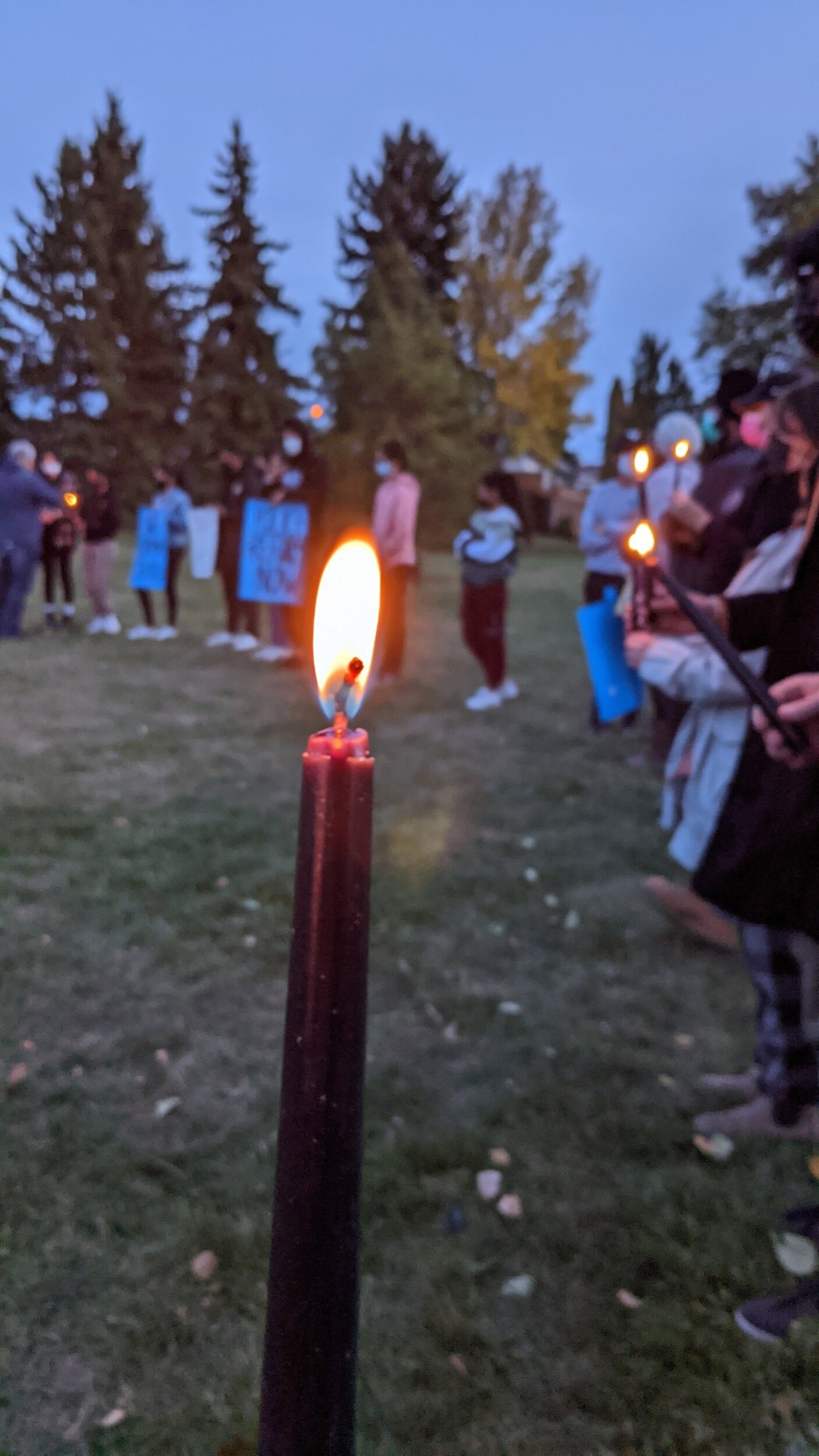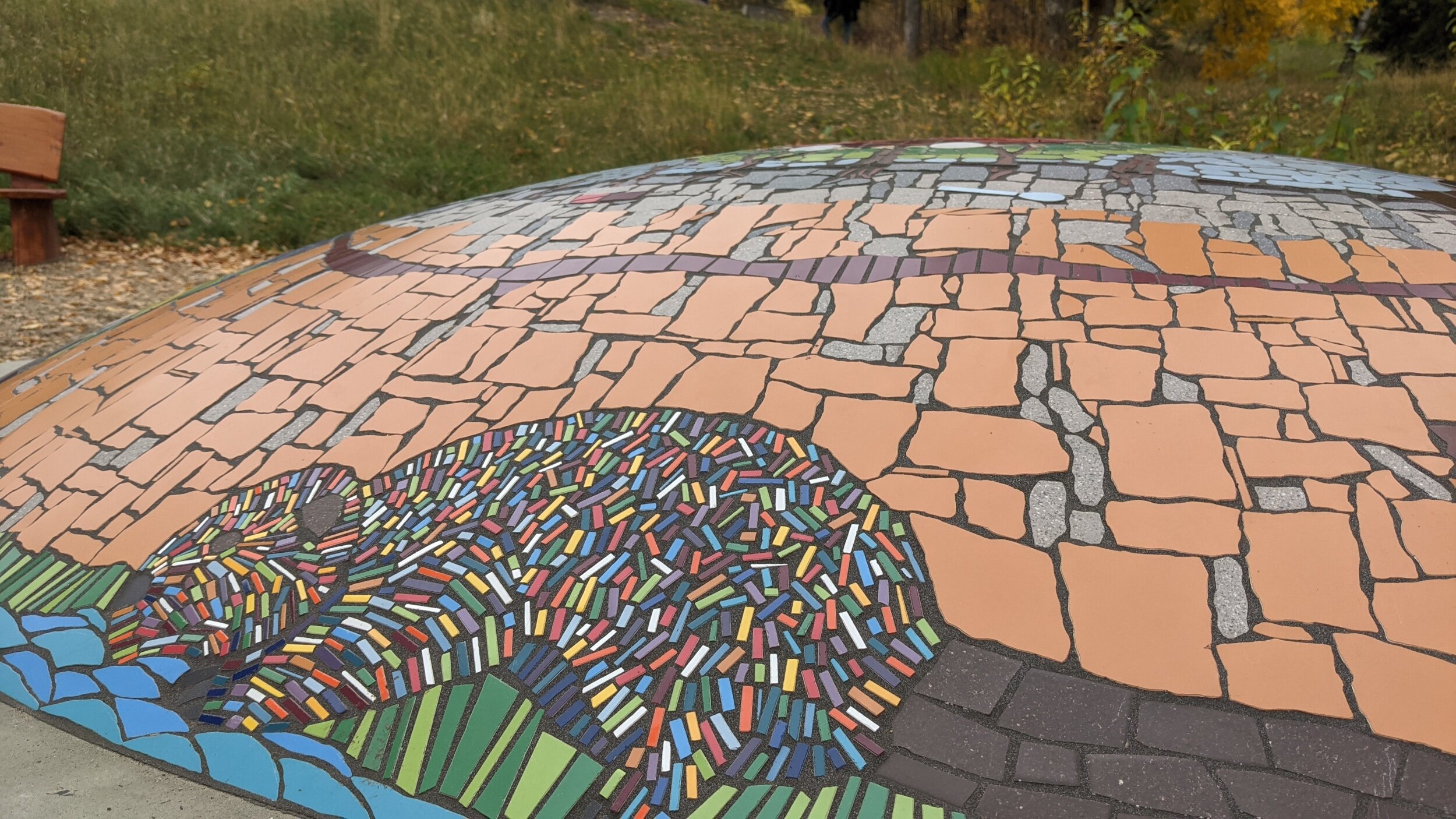Inclusion: how do we get there?
Content Warning: This blog post provides examples and discusses the topics of racism, discrimination, and hate crimes.
Running for city council I have had the pleasure of talking to a diversity of people across Ward Karhiio and the entirety of Edmonton. I love hearing everyone’s thoughts on what they would like the future of this city to look like, and really value the variety of points of view I hear.
However, through these conversations the contrast in worlds that people living in the same neighbourhood experience because of different identities and intersections can be quite stark.
I have talked to people who believe that there is no such thing as racism, or that it is a “thing of the past.” I have heard that I focus too much on diversity and inclusion and that discrimination doesn’t affect the majority of people in the ward so it need not be a central focus.
I appreciate that this is the lived experience of some, but I can say without a doubt that racism, hate crimes, and discrimination are current issues that impact marginalized communities everyday.
Let’s recount a few examples from just this last year:
A month ago, I joined the Edmonton’s Sikh community at a vigil for Prabhjot, who was an international student working as a taxi driver in Nova Scotia. One night he came home and was senselessly killed by a mob of young white men. This case is still pending as a hate crime.
In the last year and half, we saw a rise in anti-Asian hate against an entire group of people (Chinese, Japanese, Korean, Filipino, Thai, Vietnamese) tied to COVID-19. Ignorant comments like “China flu” and “Kong-flu” were even perpetuated by our so-called leaders.
A StatsCan report released this year showed that hate crimes against the LGBTQ2S+ community have steadily increased over the last decade.
Muslim women are attacked in broad daylight, with their hijabs often pulled off violently, sometimes at knife point. The killing of the Muslim family in London, Ontario further shocked the country, leaving many women especially afraid of leaving their homes.
Anti-Black and anti-Indigenous hate continues on, both in high profile stories like this one and through everyday microaggressions that keep on building.
When will this stop? And what does it take to stop it?
I believe in building a city and neighbourhoods that include everyone. Right now, many people don’t feel safe doing everyday activities in their neighbourhoods simply for being who they are, the colour of their skin, their ethnicity, religion, gender, and sexual orientation. This is unacceptable. Applying the intersectional, equity, or GBA+ (Gender-based analysis) lens means designing safer spaces and services for all.
—
My own work experiences with diverse communities have shaped much of my thinking around inclusion. Over the years and through the many organizations and projects that I have been involved in, I have developed a wide range of networks, mentors, and relationships who I can lean on for advice and guidance. One particular experience comes to mind where many of the lessons I learned can be applied across the city.
Several years ago, I supported a major community-based research project, working with the Pride Seniors Working Group, about the health and social wellbeing of LGBTQ2S+ seniors. The work that I contributed, along with focus groups and survey results, served as the foundation for further advocacy to support LGBTQ2S+ seniors. While this project was initiated several years ago, the advocacy continues, with the Pride Seniors Working Group working to secure safer housing specifically for LGBTQ2S+ seniors. Recommendations emerging from this work include:
LGBTQ2S+ cultural competency training for service providers (e.g., community organizations, continuing and long-term care providers),
Fostering safer spaces through LGBTQ2S+-positive signage and hiring practices, and
Coordinating and consolidating policy advocacy efforts for LGBTQ2S+ seniors.
At the municipal level, City staff should work with community groups to establish cultural competency training in City facilities, create LGBTQ2S+-positive campaigns, and identify policy gaps and promising practices in Edmonton to support the wellbeing of the community.
—
In addition to my work, I am a long-time grassroots organizer who thrives working with diverse, ethnocultural communities on the issues of racism, hate, and discrimination. Even throughout the pandemic , I continued to prioritize this movement because it is important to me and close to my heart. Whether I am elected to council or not, I will continue to be a community organizer — it is core to who I am.
In just the last year I have:
Had ongoing conversations with the Muslim communities about Islamophobia and community safety through YEG Muslim Vote (I was the very first candidate to participate in this campaign back in January), with local Muslim institutions and organizations (the mosque, jamakatna, Shaama Centre, IFSSA, Sisters Dialogue), and with women in the community and at their doors. When elected, I will continue these efforts and ensure that Muslim women are at the centre of these conversations.
Helped create the Eat With Me YEG initiative in the spirit of open dialogue and bridge-building and have continued hosting online community conversations to provide space for people to share their experiences with racism, and to learn from experts in the field about the realities of prosecuting hate crime and incidents. In fact, these conversations helped to shape my platform.
Followed the work of the Community Wellbeing and Safety Taskforce addressing hate and racism, and have provided support by speaking to City Council about the role of community relationships and neighbourhood social infrastructure in wellbeing and safety. None of the recommendations can come to fruition without the involvement and partnership with communities.
Organized and participated in many anti-hate grassroots efforts like “Bridges Against Hate” which worked across different communities and intersections to address racism and prejudice in this city. On the ground, we need to reflect diversity and lead by example, demonstrating the kind of intercultural approach and representation we expect from City Council and other institutions.
We will always need higher level policy direction and dedicated resources to address hate crimes, but enforcement and policing alone are not enough to enable and facilitate practical solutions that improve peoples’ day-to-day lives and their sense of security. We need to build the capacity within our neighbourhoods, create alliances between communities, and build understanding across diverse cultures. After all, hate doesn’t just touch Muslim, Asian, Black, Indigenous, and LGBTQ2S+ communities; the impact of white supremacy affects all of us.
Please see my platform for more on how I envision a more accessible and equitable Edmonton.




